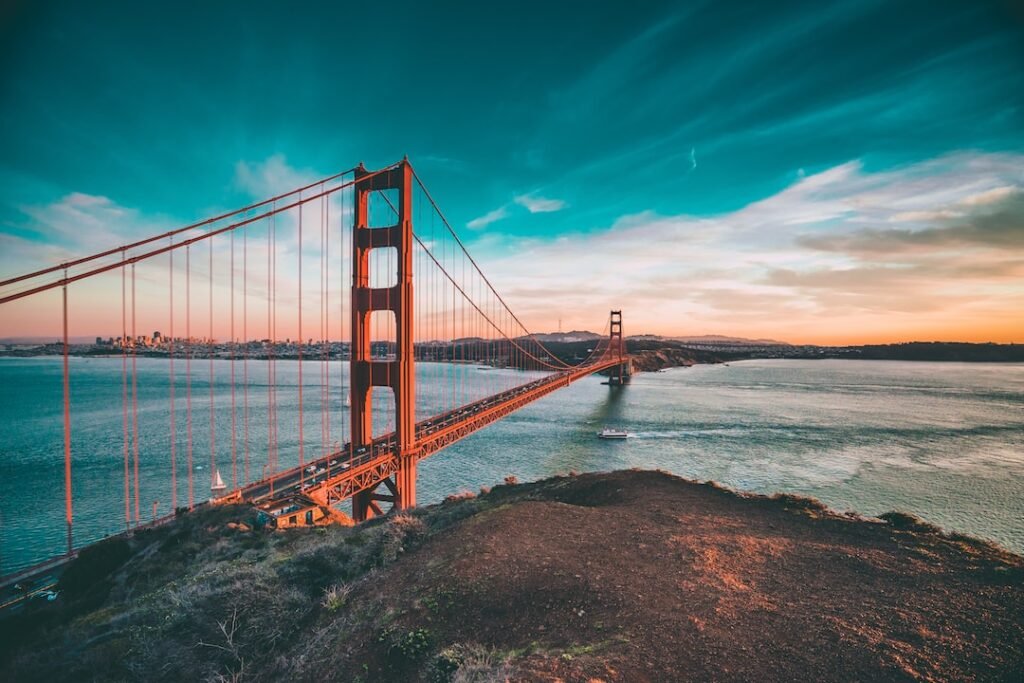Now Reading: Mastering the Game: Best FPS Player Training Routines
-
01
Mastering the Game: Best FPS Player Training Routines
Mastering the Game: Best FPS Player Training Routines

As I delve into the world of first-person shooter (FPS) games, I find it essential to grasp the fundamental mechanics that define this genre. FPS games immerse players in a virtual environment where they experience the action through the eyes of their character. The primary objective often revolves around eliminating opponents, completing missions, or achieving specific goals within a set timeframe.
Understanding the basic controls, such as movement, aiming, and shooting, is crucial for any aspiring player. Each game may have its unique mechanics, but the core principles remain consistent across the genre. Moreover, I’ve come to appreciate the importance of different game modes and objectives.
Whether it’s a team-based match or a solo battle royale, each mode requires a distinct approach and strategy. For instance, in team-based games, communication and collaboration with teammates can significantly influence the outcome. On the other hand, in solo modes, I must rely on my instincts and skills to outsmart opponents.
Familiarizing myself with these dynamics not only enhances my gameplay but also enriches my overall gaming experience.
Key Takeaways
- FPS games require understanding of basic mechanics such as shooting, reloading, and movement
- Developing aim and accuracy is crucial for success in FPS games
- Mastering movement and positioning can give players a strategic advantage
- Game sense and map awareness are essential for making informed decisions during gameplay
- Improving reaction time and reflexes can help players react quickly to in-game situations
Developing Aim and Accuracy
Understanding the Nuances of Aiming
Aiming in FPS games is not just about pointing my crosshair at an enemy; it involves understanding the subtleties of sensitivity settings, crosshair placement, and recoil patterns. I’ve learned that adjusting my mouse sensitivity can drastically affect my precision. A lower sensitivity allows for finer control, while a higher sensitivity can facilitate quicker movements.
Finding the Right Balance
Finding the right balance between sensitivity and control is a personal journey that requires experimentation and adaptation. In addition to sensitivity, I focus on crosshair placement as a vital aspect of aiming. Keeping my crosshair at head level and anticipating enemy movements helps me react more swiftly when an opponent appears.
Practicing and Improving Aim
Practicing flick shots and tracking targets has become a regular part of my routine. I often engage in aim training exercises that challenge my ability to hit moving targets consistently. Over time, I’ve noticed significant improvements in my accuracy, which translates to more successful engagements in matches.
Mastering Movement and Positioning

Movement and positioning are equally important components of FPS gameplay that I strive to master. The way I navigate the map can determine whether I become an easy target or a formidable opponent. Learning to strafe effectively while shooting allows me to make myself a harder target while maintaining offensive pressure on my enemies.
Additionally, incorporating techniques like crouching and jumping can throw off an opponent’s aim, giving me a tactical advantage. Positioning is another critical aspect that I’ve come to understand deeply. It’s not just about where I stand during a firefight; it’s about anticipating enemy movements and controlling key areas of the map.
By positioning myself strategically, I can gain high ground or cover, making it easier to engage enemies while minimizing my exposure. I’ve found that studying maps and understanding choke points, sightlines, and hiding spots enhances my ability to outmaneuver opponents and secure victories.
Learning Game Sense and Map Awareness
Developing game sense and map awareness is an ongoing journey that significantly impacts my performance in FPS games. Game sense refers to my ability to read the flow of the game, anticipate enemy actions, and make informed decisions based on the current situation. This skill comes with experience; the more I play, the better I become at predicting what my opponents might do next.
I’ve learned to pay attention to audio cues, such as footsteps or gunfire, which provide valuable information about enemy positions. Map awareness is equally crucial in enhancing my gameplay. Familiarizing myself with the layout of each map allows me to navigate efficiently and exploit advantageous positions.
I often take time to study maps outside of matches, noting key locations for cover, ambush points, and common pathways used by players. This knowledge enables me to make strategic decisions during gameplay, such as when to flank an enemy or retreat to safety. By combining game sense with map awareness, I can elevate my overall performance and contribute more effectively to my team.
Improving Reaction Time and Reflexes
In the fast-paced world of FPS games, quick reaction times and sharp reflexes are essential for success. I’ve realized that improving these skills requires dedicated practice and specific exercises designed to enhance my responsiveness.
These exercises challenge me to react swiftly while maintaining accuracy, ultimately sharpening my skills for real matches. Additionally, I’ve discovered that physical fitness plays a role in my reaction time. Engaging in regular physical activity not only boosts my overall health but also enhances my cognitive functions, including reaction speed.
Activities that require hand-eye coordination, such as playing sports or even juggling, have proven beneficial in honing my reflexes. By combining mental exercises with physical training, I’m working towards achieving peak performance in FPS games.
Creating a Training Schedule and Routine

To see consistent improvement in my FPS skills, I’ve found it essential to establish a structured training schedule and routine. Setting aside dedicated time for practice allows me to focus on specific areas that need enhancement without feeling overwhelmed. I typically allocate time for aim training, movement drills, and game sense exercises throughout the week.
This structured approach ensures that I’m consistently working on all aspects of my gameplay rather than neglecting certain skills. Moreover, I’ve learned the importance of setting realistic goals within my training routine. Whether it’s improving my accuracy percentage or mastering a new movement technique, having clear objectives keeps me motivated and accountable.
I often track my progress over time, which helps me identify areas where I’ve improved and where I still need work. This reflective practice not only boosts my confidence but also reinforces my commitment to continuous growth as an FPS player.
Utilizing Practice Tools and Resources
In today’s digital age, numerous practice tools and resources are available to help me refine my FPS skills further. Aim trainers like Aim Lab or Kovaak’s FPS Aim Trainer provide tailored exercises that focus on various aspects of aiming and reflexes. These platforms allow me to customize drills based on my specific needs and track my progress over time.
Engaging with these tools has become an integral part of my training regimen. Additionally, watching tutorials and gameplay videos from experienced players has proven invaluable in expanding my knowledge base. Observing their techniques and strategies offers insights that I can incorporate into my own gameplay.
Many content creators share tips on movement mechanics, positioning strategies, and even mindset approaches that resonate with me as I strive for improvement. By leveraging these resources effectively, I’m continually enhancing my skills and understanding of FPS games.
Mental and Physical Training for Peak Performance
Achieving peak performance in FPS games requires not only technical skills but also mental fortitude and physical well-being. I’ve come to recognize that maintaining a healthy lifestyle plays a significant role in how well I perform during matches. Regular exercise helps reduce stress levels and improves focus, allowing me to stay sharp during intense gaming sessions.
Incorporating activities like cardio workouts or strength training into my routine has made a noticeable difference in my overall stamina. On the mental side of things, practicing mindfulness techniques has helped me manage stress and maintain composure during high-pressure situations in-game.
By nurturing both my mental and physical health, I’m setting myself up for success in FPS games while ensuring that I enjoy the journey of improvement along the way. In conclusion, mastering FPS games is a multifaceted endeavor that requires dedication, practice, and a willingness to learn continuously. By understanding the basics of gameplay mechanics, developing aim and accuracy, mastering movement and positioning, enhancing game sense and map awareness, improving reaction times, creating structured training routines, utilizing available resources effectively, and focusing on mental and physical well-being, I am well on my way to becoming a more skilled player in this exhilarating genre.
Each step of this journey brings new challenges and opportunities for growth that keep me engaged and motivated as I strive for excellence in FPS gaming.
If you are looking to improve your skills as an FPS player, you may also be interested in learning about the rise of inclusivity in the gaming community. This article discusses how the gaming industry is becoming more diverse and welcoming to players of all backgrounds. Check it out here to see how inclusivity is shaping the future of gaming.
FAQs
What are the best training routines for FPS players?
Some of the best training routines for FPS players include aim training, movement drills, game sense exercises, and physical fitness.
What is aim training for FPS players?
Aim training for FPS players involves practicing and improving their accuracy and precision in aiming and shooting in the game. This can be done through various aim training maps and exercises available in popular FPS games.
What are movement drills for FPS players?
Movement drills for FPS players focus on improving their agility, speed, and control in navigating the game environment. This can include practicing strafing, bunny hopping, and other advanced movement techniques.
What are game sense exercises for FPS players?
Game sense exercises for FPS players involve developing a deep understanding of game mechanics, map knowledge, and strategic decision-making. This can include analyzing gameplay footage, studying map layouts, and practicing in-game scenarios.
Why is physical fitness important for FPS players?
Physical fitness is important for FPS players as it can improve their overall performance and endurance during long gaming sessions. It can also help reduce the risk of injuries and improve mental focus and reaction times.
How often should FPS players train?
FPS players should aim to train regularly, ideally incorporating a mix of aim training, movement drills, game sense exercises, and physical fitness activities into their routine. The frequency and duration of training sessions can vary based on individual preferences and schedules.



























